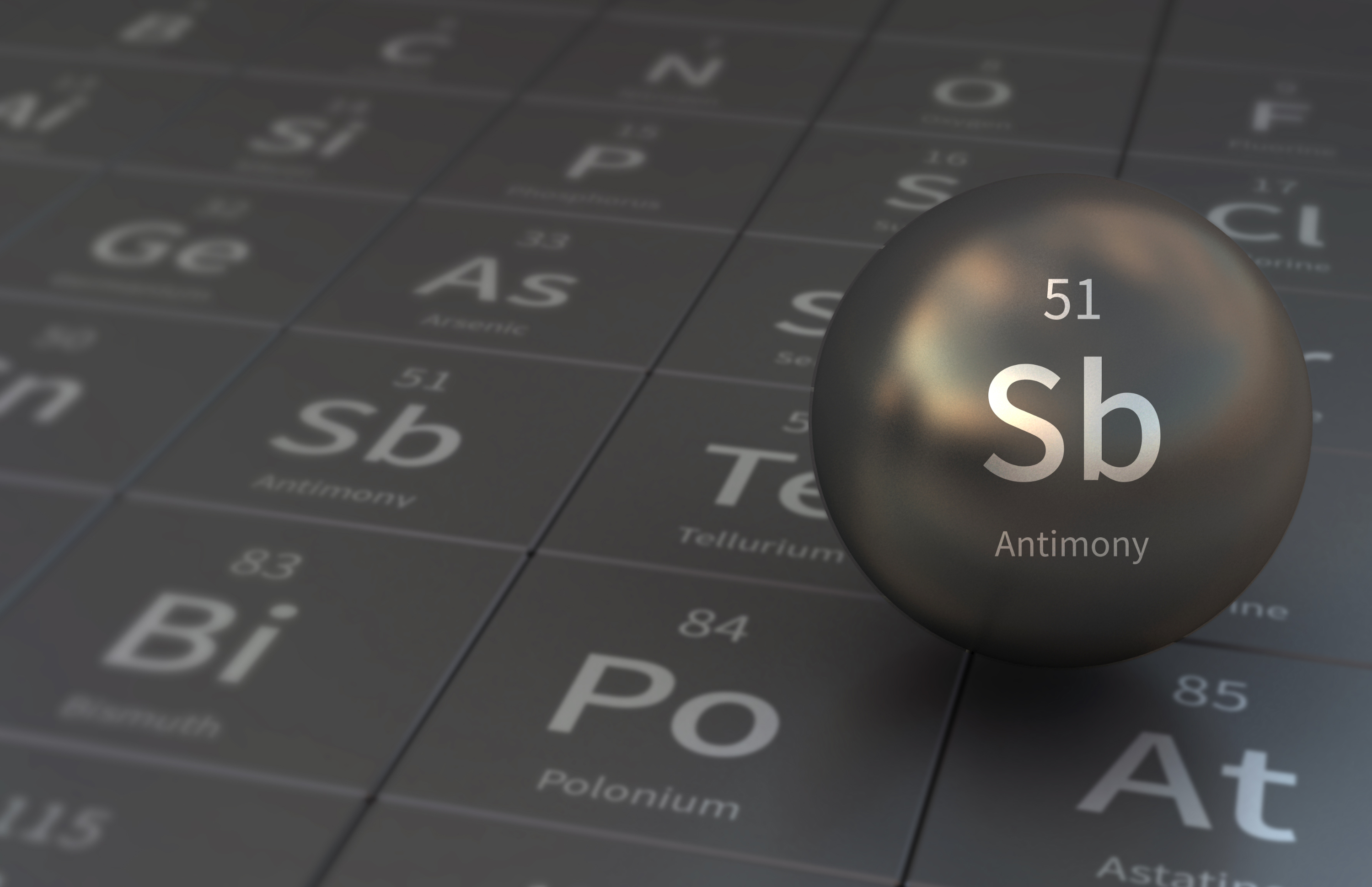Larvotto targets 2026 kick-off at Hillgrove
Opinion Pieces

6
Aug
2024
Larvotto targets 2026 kick-off at Hillgrove
Larvotte Resources released its pre-feasibility study (PFS) of the Hillgrove gold and antimony project in Autralia, highlighting an expected capital cost of less than A$80M (~US$50M) with the aim of first ore production by early 2026.
The PFS builds on the 2022 mineral resource estimate and is pointing towards an average annual production of 41.1koz gold and 5.4kt Sb over a 7-year life of mine. The PFS comes at a time when both gold and antimony prices are at record levels, with a spot financial forecast high-price scenario in the PFS using US$2,350/oz gold and US$23,000/t antimony.
Prices for antimony soared in late May 2024, when feedstock availability in China reached critical levels. Prices for antimony ingot in China have averaged over US$20,000/t in June and July, with Chinese export FOB-based prices extending their premium as domestic demand for antimony is also ramping up. The demand for antimony has been lacklustre for over a decade, with its two major applications in lead-acid batteries and flame retardants battling technology substitution trends. However, in 2023, demand for antimony has hopped onto the energy transition bandwagon, finding a unique application in solar PV panels, where the use of sodium antimonate helps improve the efficiency of solar panels. This has seen antimony's use in glass surge rapidly and put pressure on an already structurally unsustainable supply landscape.
Supply in China itself is declining with dwindling reserves, with significant alternative supply coming from sanction-stricken Russian gold mines or conflict-stricken regions such as Myanmar. The link of antimony mineralisation to lode gold deposits is well known and increasing volumes of anitmony are being sourced from gold mines, including one of the world's largest gold mines, Olimpiada in Russia owned by Polyus. However, antimony tends to be a relatively minor by-product on the revenue line for most gold mines, but despite that fact Polyus swings from being the world's largest producer of antimony to being effectively absent from the market, depending on the mine plan (and gold price).
Larvotte quotes a "conservative" price forecast for gold at US$2,000/oz gold and US$15,000/t antimony, which both would have fallen at the high end of medium-term forecasts not too long ago. With antimony supply from Polyus' Olimpiada mine expected to decline again while solar PV installations in China remain on track for another record year in 2024, Project Blue forecasts the market to remain in deficit and start to thrift out less price-elastic applications at current levels. With only limited supply potential from projects in an advanced stage to come online quickly, Project Blue forecasts short-term prices potentially remaining above the US$15,000/t level, however, a more stable long-term price in our view would likely sit between US$12-14,000/t, still well above third-quartile industry costs. Large volumes of supply on track to come online out of Tajikistan could support a softening of the antimony price.